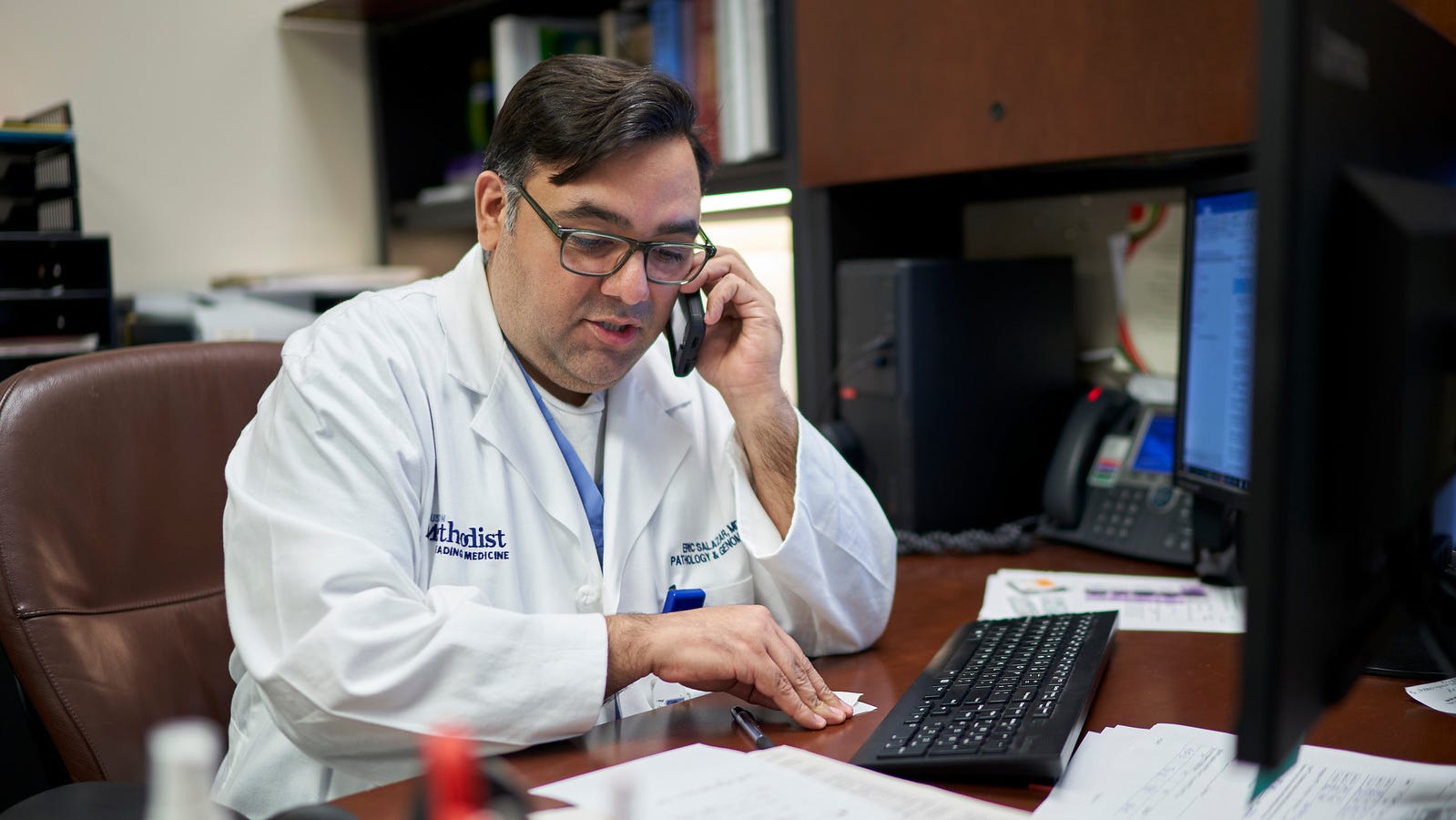- Joined
- Oct 11, 2016
- Messages
- 1,316
- Reaction score
- 2,252
- Points
- 5,506
- Attending Physician
Why? The ventilator isn’t going to kill them, the disease will. I mean, it’s probably okay to watch people in the 80s (maybe even 70s... maybe) temporarily if they have a static trajectory, but for that patient in the 40s, waiting till they are less than that just seems dangerous.
This seems like the antithesis of the Italian experience of intubating early. To me, if seems less of an early versus late and more of a question of optimal safety.
In a healthy person, I agree, the vent probably won't harm/kill them. But with the type of chronically unhealthy patient population I deal with, the vent could seriously harm some of them. Put an old person with bunch of comorbid conditions on the vent for a week - can definitely cause some serious harm.




